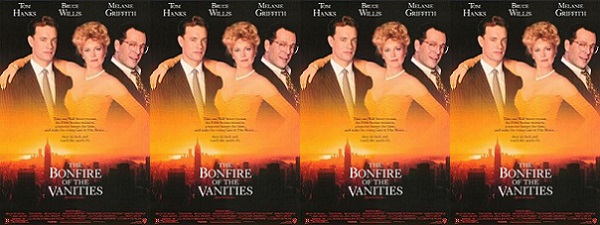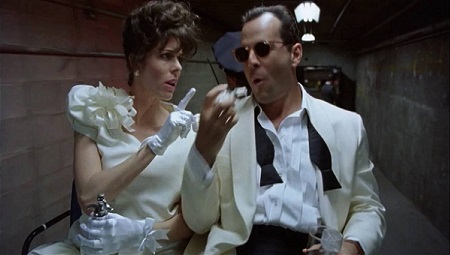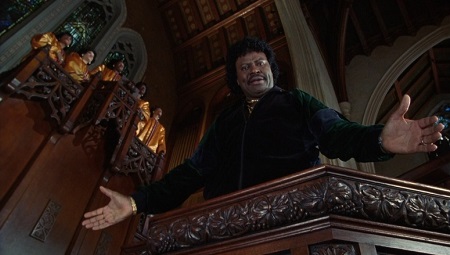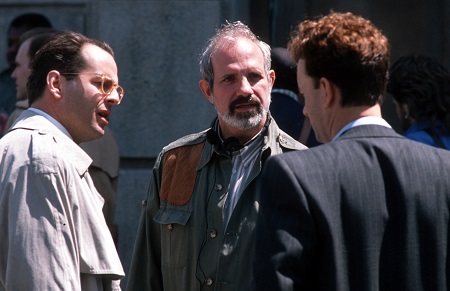Set in central Florida of the 1950s, the Stuart Rosenberg directed movie Cool Hand Luke (1967) is a film adapted from the 1965 Donn Pearce novel named Cool Hand Luke. The central protagonist for this anti-establishment prison piece is Lucas ‘Luke’ Jackson, portrayed by Paul Newman.

We’re introduced to the character of Luke Jackson as he gets hauled off to a rural jail for a two-year sentence for cutting parking meters off their poles for what amounts to entertainment while drunk. We meet Alibi, Tattoo and Tramp brought into a chain gang prison camp by Boss Paul. Boss Paul, Alibi, Tattoo and Tramp are portrayed by Luke Askew, Ralph Waite, Warren Finnerty and Harry Dean Stanton, respectively.

The audience meets stern warden, Captain, almost immediately in the prison camp. We meet Walking Boss Godfrey, ‘the man with no eyes’ and floorwalker Carr just as quickly, with Boss Higgins and Boss Shorty coming into the picture as the story moves into establishing the pecking order among the prison leaderships and guards, including Captain, Walking Boss Godfrey, Carr, Boss Higgins and Boss Shorty as portrayed by Strother Martin, Morgan Woodward, Clifton James, Charles Tyner and Robert Donner, respectively.

The notion of pecking order extends from the guards and into the inmates of the prison pretty quickly. George Kennedy won the Academy Award for role as Dragline in Cool Hand Luke. Luke runs afoul of Dragline immediately, as the top of the inmate pyramid for the chain gang prisoners is Kennedy’s character. It is when Luke is severely outmatched by Dragline in an impromptu boxing match of interest to the guards and inmates alike, followed by a bluffing himself to victory while gambling with a “real cool hand” that cements respect among the prisoners and attention from the guards.

An incident later with a rattle snake between Luke and Godfrey, aka Walking Boss, strikes a further note of anti-establishment for Luke Jackson the character. Adding the full-throated treatment of Luke’s relationship with his sick mother, Arletta, gave depth and resonance to the internal compassion and conflict that became so striking for the central character and themes explored through the movie. Jo Van Fleet portrayed Arletta.

Cool Hand Luke justifiably received much respect for a superior narrative, an indomitable will for a leading character, an ensemble cast of recognizable talent 55-years later, and a commendable anti-hero counterculture approach that fit the life and times of the period when the movie filmed in and portrayed. I grant Cool Hand Luke as directed by Stuart Rosenberg 4.5-stars on a scale of 1-to-5.
Matt – Saturday, March 12, 2022






